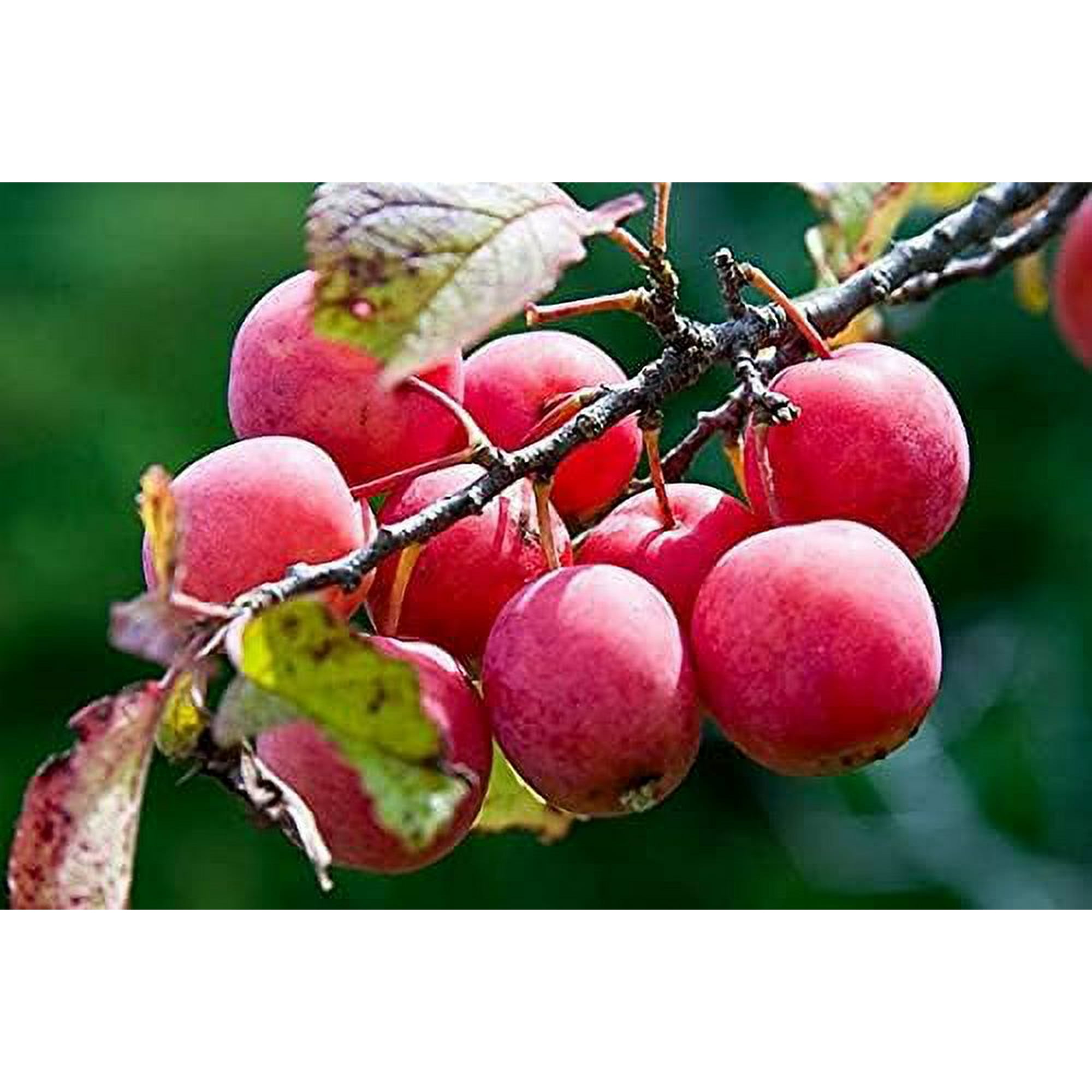American Plum

Full sun, Part shade
Well-drained, adaptable
L M C(120)
Overview:
Prunus americana , commonly known as American Plum, is a deciduous tree native to North America. Celebrated for its delicate spring blossoms, edible fruit, and adaptability to a range of environments, this medium-sized tree serves both ornamental and ecological purposes.
Botanical Features:
- Scientific Name Interpretation:
- The scientific name, Prunus americana , provides insights into the tree's genus and regional origin. The genus name, Prunus , encompasses various stone fruit trees, while the specific epithet, americana , indicates its native habitat in North America.
- Size: American Plum typically grows to a height of 12 to 20 feet (3.5 to 6 meters) with a rounded canopy.
- Leaves: The leaves are ovate, serrated, and alternate. In autumn, they transition to vibrant hues of red and yellow, adding to the tree's seasonal appeal.
- Flowers: Delicate white flowers appear in early spring before the leaves, creating a charming display. These blossoms not only add ornamental value but also attract pollinators.
Cultivation:
- Sunlight: American Plum thrives in full sun but can tolerate partial shade.
- Soil: Well-drained, loamy soil is ideal, but the tree is adaptable to various soil types.
- Watering: While the tree is somewhat drought-tolerant once established, regular watering is beneficial, especially during dry spells.
- Propagation: Propagation is commonly done through seeds, though root suckers can also be used for vegetative propagation.
Uses:
1. Edible Fruit: The small, red to yellow plums produced by American Plum are edible and can be used for jams, jellies, or eaten fresh.
2. Wildlife Attraction: The fruit is a valuable food source for wildlife, including birds and small mammals.
3. Ornamental Tree: American Plum is appreciated for its spring blossoms and fall foliage, making it suitable for landscaping.
Maintenance:
- Pruning: Minimal pruning is required, mainly for shaping or removing dead or diseased branches.
- Pests and Diseases: While generally hardy, some pests and diseases may affect American Plum, necessitating proper care and monitoring.
- Mulching: Applying a layer of mulch around the base helps retain soil moisture and suppress weeds.
In Conclusion:
Prunus americana, the American Plum, stands as a versatile and attractive tree, offering not only ornamental beauty but also ecological benefits. Whether planted for its spring blooms, edible fruit, or contribution to local biodiversity, this native tree adds a touch of natural charm to a variety of landscapes.